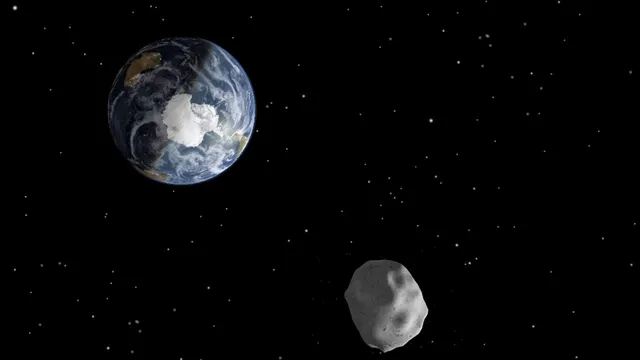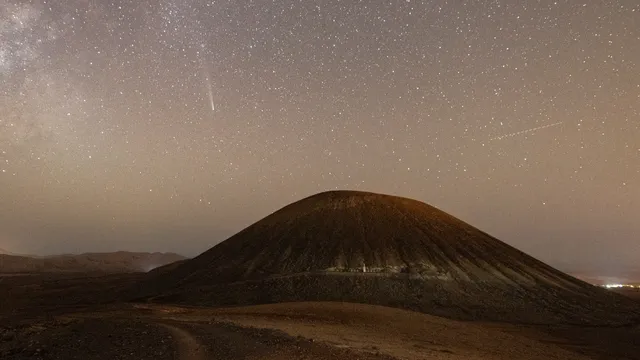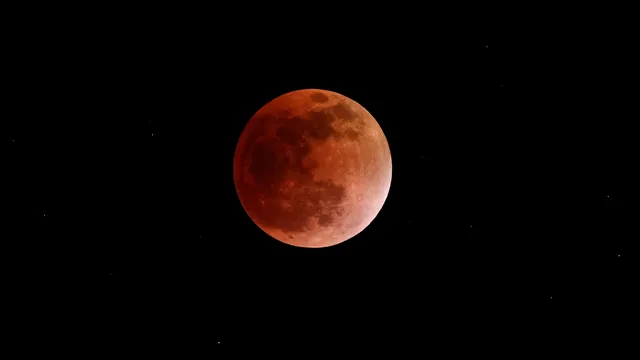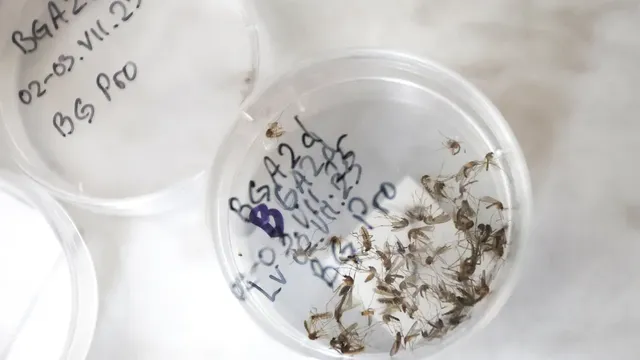These seaweed balls remove 900 million pieces of plastic from the ocean every year.
For centuries, people around the Mediterranean have called the small tufts of Posidonia oceanica seaweed "Neptune's balls," in honor of the Roman god of the sea.
However, they could never have imagined how modern these balls have become – filled with microplastics.
Now, the underwater sea meadows that produce these Neptune balls act as a kind of trap, washing around 900 million plastic fragments out of the water every year.
Posidonia oceanica has been serving humans for millennia—Neptune's balls are antibacterial and antifungal and are used as insulation for buildings and in various commercial applications—but their value continues to grow.
According to a 2021 study published in the journal Nature, seagrass has become invaluable as a natural filter that washes plastic out of our water.
"There is strong evidence that the seabed is the final destination for plastics from terrestrial sources," the study's authors write.
"There is also evidence that some of the plastics lying on the shallow seabed are washed back to shore."
Seagrass meadows trap plastic waste with the plant's natural lignocellulosic fibers, which are then shed by the plant and washed ashore in the form of balls, helping to "counteract marine plastic pollution."
Posidonia oceanica creates an underwater meadow that can grow on rocky or sandy bottoms and helps clean the water at depths of more than 130 feet below the surface.
The plant's creeping rhizomes create a root structure, and it forms these spheres throughout the year.
These structures capture pollutants—usually from river water flowing into the Mediterranean Sea—and trap them.
The spheres then separate from the plant and form balls that reach the shore, carrying with them everything they have captured.
The study specifically examined seaweed balls found in Mallorca, Spain.
Although only 17% of Neptune's balls contained microplastics, those that did had large amounts (the denser balls were more likely to trap plastic).
"After our article was published," Anna Sanchez-Vidal, lead author of the study conducted in Barcelona, told the BBC, "many people started sending me [photos of] huge Neptune balls. Sometimes they contained sanitary pads, tampons, wet wipes — things with a lot of cellulose that sink."
The study found that Neptune balls capture up to 1,470 plastic items per kilogram of plant material. But plastic isn't the only thing the plant captures—it's also known to retain carbon, trapping pollutants and isolating them from the atmosphere.
Although they may seem potentially repulsive, Neptune's large balls filled with pollutants can actually be beneficial to the environment as they lie on beaches, adding moisture and nutrients to the soil. And, obviously, they are full of dirt that would otherwise be scattered in the sea. "We say," said Sanchez-Vidal, "that this is how the sea returns to us the rubbish that should never have been on the seabed." | BGNES

 Breaking news
Breaking news
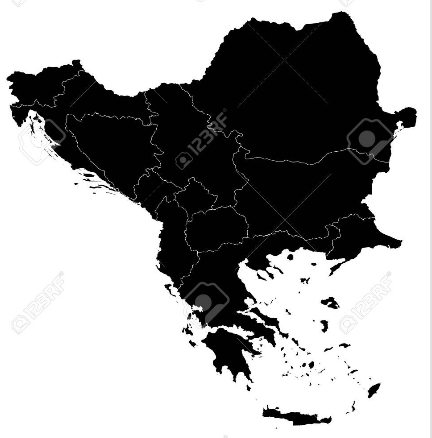 Europe
Europe
 Bulgaria
Bulgaria


